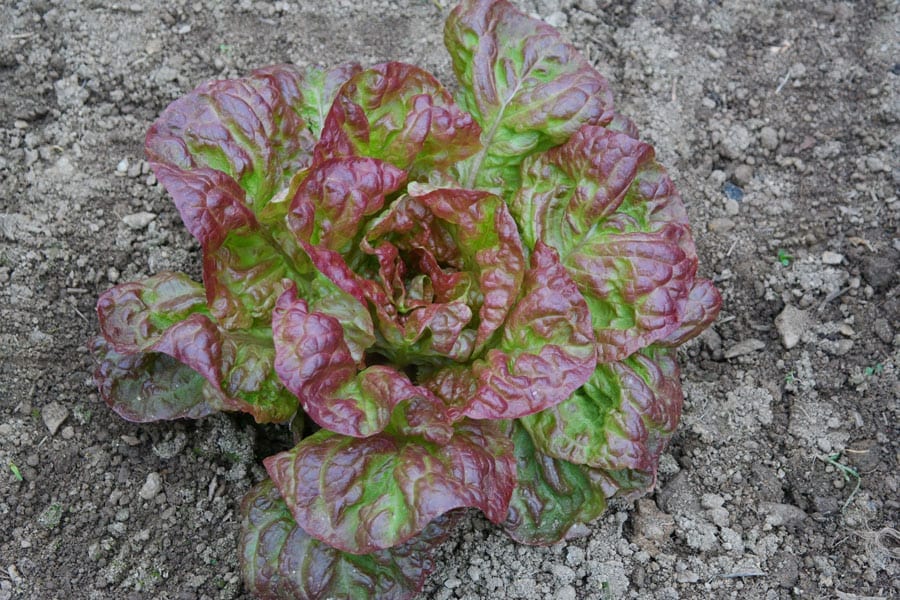Summer salad – light food for hot days
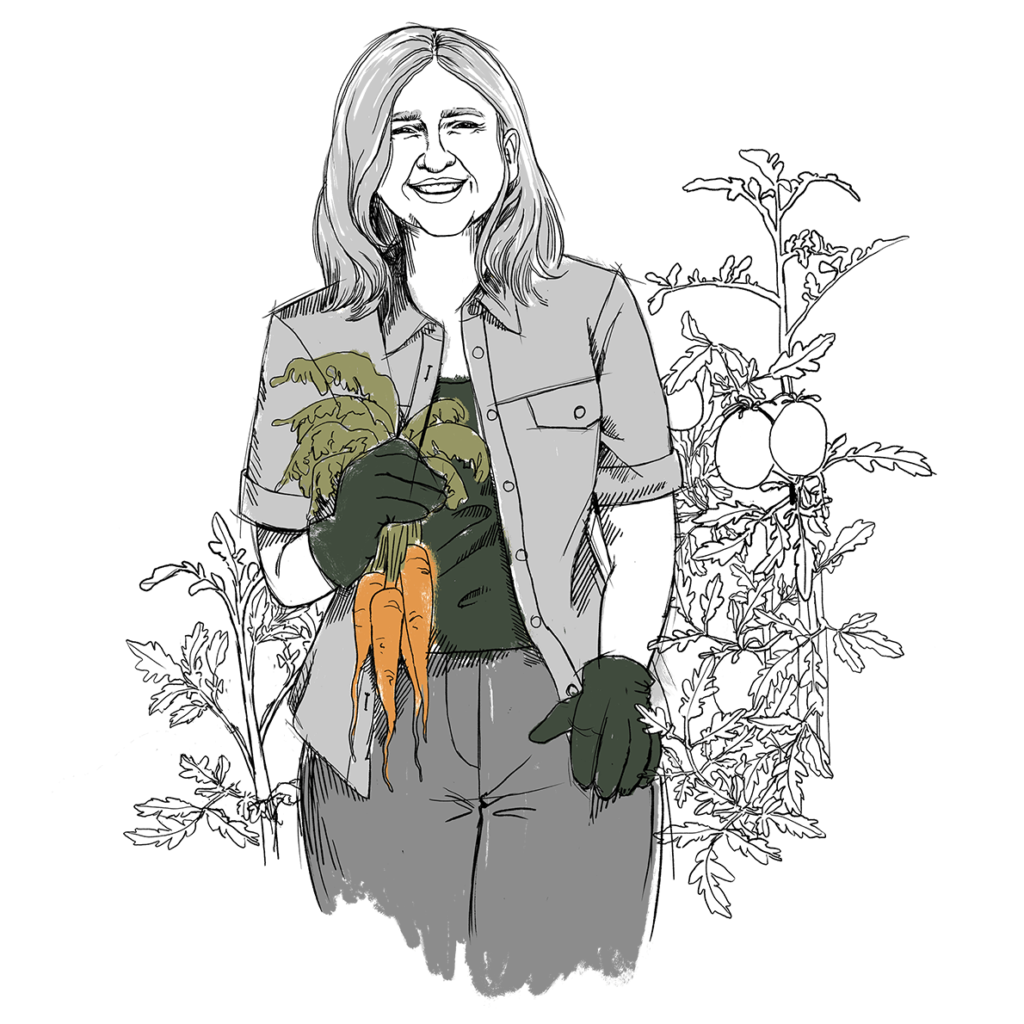
The best meal on a hot summer day: a salad – fresh from the garden. The cultivation and harvesting of summer-fresh lettuce is a real test for many gardeners. With a little know-how, summer harvesting is easy and above all regular. How, you can read in this article.
When you think of lettuce, the first thing that comes to mind are the green to pale yellow leaves of lettuce. However, the variety is much greater – in addition to the classic “green salad”, colorful salad mixes of leaf lettuce, coleslaw and salad specialties are becoming increasingly popular.
Botanically, salads belong to the species of the lettuce family. The representatives of this species are lettuce, iceberg lettuce (also coleslaw or iceberg lettuce), leaf lettuce and romaine lettuce (also called common salad). Their common ancestor is the wild lettuce, which originally comes from the warmer Mediterranean and West Indies. The lettuce only came to Central Europe in the 16th century, where it enjoyed great popularity, especially in France.
In a very short time the simple green salad several cultivars with colorful, brown, speckled or red leaves in various shapes developed. The crunchy iceberg lettuce is a further development that originated in the USA and is quite young at just over 100 years.

Besides this main group of salads, there are several types that you can use individually or as an addition to a colorful salad mix. These include rocket/rucola, garden cress, pak choi (all three belong to the cabbage family) or summer purslane.
In addition, there are several other types of lettuce that are not suitable for summer harvesting, such as lamb’s lettuce, Napa cabbage, endive, sugar loaf, Asian salads, young spinach and various classic salads.
Why growing lettuce in and for the summer is somewhat more difficult – and how it works anyway
Do not let trees grow from your salad
The biological purpose of lettuce is – as of all other living creatures – to reproduce. As an annual plant, it is therefore subject to a lot of stress – after all, it must sprout, develop leaves, blossom and form new seeds within one year. Light helps it to not miss the right time in its development. To be more precise, the length of the day, i.e. the number of hours when it is light every day. In the shorter days of spring, lettuce is busy with the active formation of leaves. With longer days, the plant receives the biological stimulus to prepare for flowering and seed formation. It then stretches out, forms small trees and finally begins to bloom. As soon as the lettuce begins to stretch, it is also said to shoot.
From this moment on it becomes inedible.


Many lettuce varieties therefore thrive beautifully in spring and must be harvested by May/early June at the latest.
They are no longer suitable for later cultivation.
Through breeding and selection, it has been possible to develop “bulletproof” lettuce varieties. You will find this expression directly on the seed packets – it means that the plant does not shoot – i.e. it does not stretch and start flowering even on longer days.
Firm lettuces are therefore well suited for later/summer cultivation.
Try the following bulletproof salads
This reddish-brown salad forms a loose head with a green heart. As its name suggests, it grows almost all year round – in all 4 seasons.
Lettuce Merveille des quatre saisons

Till is an original green leaf lettuce with long leaf tips. Sow it thinly in a row and later harvest only the outer leaves – but leave the heart. Then the salad will continuously reproduce young leaves.
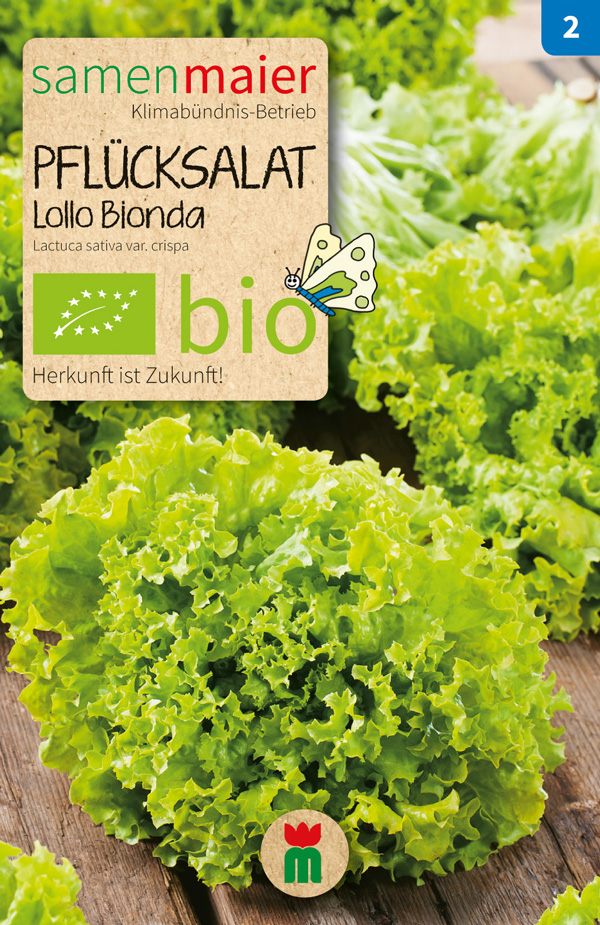
This leaf lettuce stands out with its wavy, light green leaves. Harvest it either leaf by leaf or as a whole head.
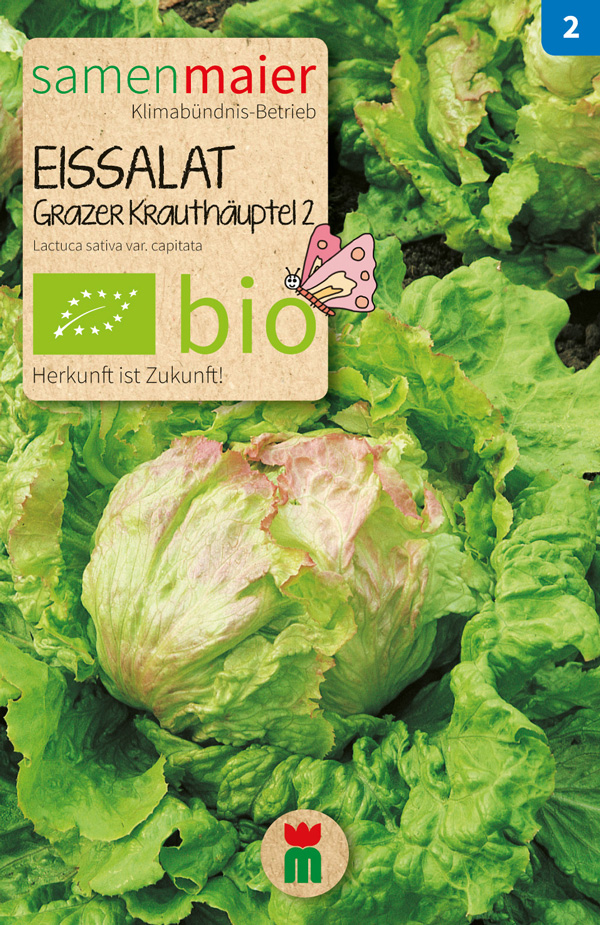
This salad is not only bulletproof, but also exceptionally heat-resistant. Its crisp leaves run out reddish at the leaf edges.
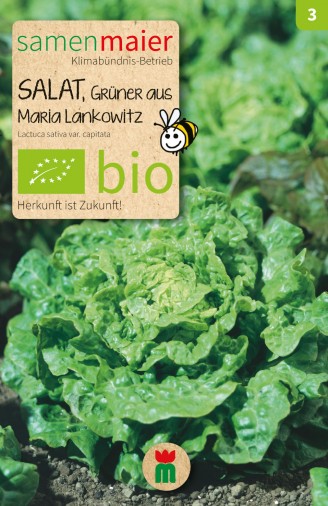
This iceberg lettuce forms medium-strength, rich green heads and has proven itself for many decades for the home garden.
How to plant and sow salad properly
A successful cultivation is half the harvest. So make sure from the start that the salad is in the best conditions. The salad bed should be loose and humusy, but not specially fertilized. On fresh compost or animal dung the seedling dies quickly. Lettuce is a light seedling, i.e. it needs daylight to emerge. Therefore, scatter the seeds only superficially on the soil and press them a little firmly. Then water with a weak spray to avoid silting up the seeds.
You can sow leaf lettuce in rows, for lettuce and iceberg lettuce sow 3-4 seeds every 25 cm.
About 2-3 weeks after sprouting you have to thin out the seeds – especially if you want to harvest heads. When harvesting leaf by leaf or as a babyleaf salad, you only need to thin out the seeds so that the individual plants are not too close together.
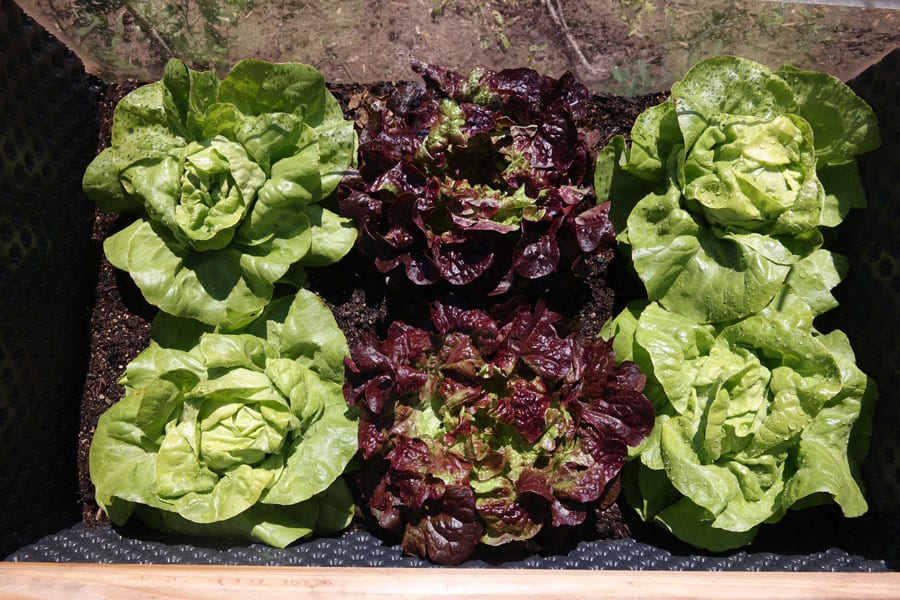
Im Sommer entstehen im Garten immer wieder Lücken. Ideal ist es also, wenn du regelmäßig im Haus Salatpflänzchen vorziehst, die du dann spontan in die Lücken setzen kannst.
When planting, make sure that the small lettuce is slightly higher in the bed than in the pot. This is because the lower leaves tend to rot the more they lie directly on the ground. In addition, a higher vegetation cone forms more quickly and more leaves. Dip the small lettuces briefly in water before placing them in the pot. This allows the roots to suck in and find an easier connection to the ground. Water the plants well after planting.
For a current harvest, grow the lettuce regularly – at intervals of 2 weeks. Ideal is when you combine no-tillage with growing young plants. The time from growing to harvesting is about 6-8 weeks, so start growing in time so that there is always enough lettuce.
How to make your salad grow and flourish
In order to provide fresh, tasty leaves, salads need one thing above all: a lot of water. It won’t forgive you for drying it out either at the beginning or when it has grown a little more. When dry, the leaves quickly become hard and leathery. Water in the morning so that the leaves dry out by the evening. This way you avoid the development of fungal diseases (e.g. mildew).
Salads have flat roots, so the upper part of the ground should always remain moist. This can be achieved with a mulch layer of miscanthus, grass or finely chopped straw.
Salad is at the top of the snail‘s menu. Many gardeners have desperately quit salad growing – especially in wet, rainy summers. If you want to play it safe with the voracious slime, it is best to grow your salad in a raised bed with a snail edge. In the bed itself, the most effective method of fighting snails is still to collect them. Do not use slug pellets, because in addition to the harmful snails, depending on the preparation, it also kills shells and snails or even birds that eat poisoned snails.
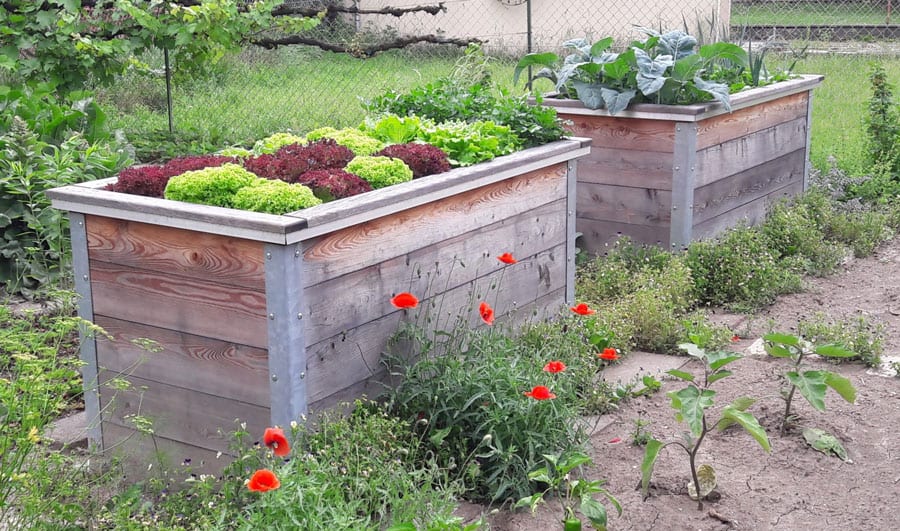
Against monotony – even more summer salad
If you get bored with lettuce and leaf lettuce over time, why not make a colorful salad mix?
The following vegetables add a little extra spice to a healthy bowl and taste anything but boring.
Rucola and Wilde Rauke
The classic of the Italian cuisine is also becoming more and more popular in our country. Rucola is spicy, the slightly hot taste is due to the mustard oils it contains.
There is annual rucola and wild rocket – a perennial plant that you can cut more often. Rucola thrives very quickly, you can harvest it after only 3-4 weeks. It is therefore ideal for all available areas and also grows very well in the balcony box.
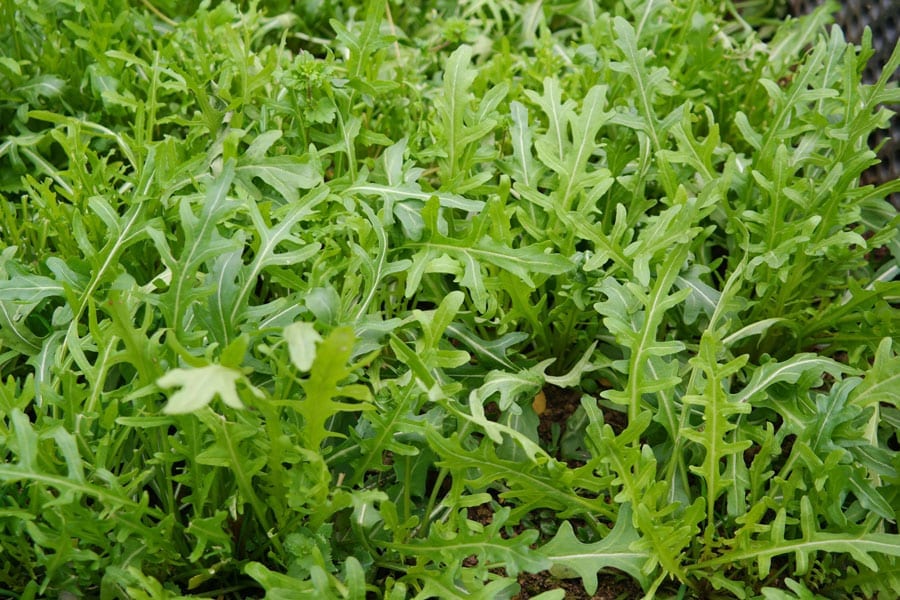

You can reap the piquant herb just 3 weeks after sowing. In the salad bowl it is an excellent combination with all kinds of salads, in the bed less. Because it reduces the growth of lettuce and makes it shoot prematurely.
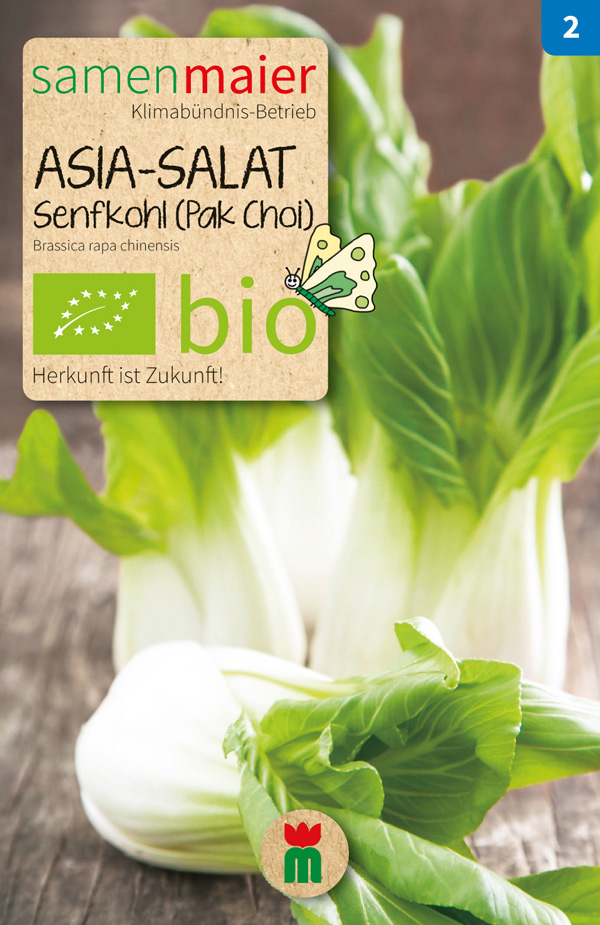
is one of the Asian salads, but unlike the other varieties it can also be grown and harvested in summer. Development time is 8-10 weeks. The young leaves are particularly suitable for salads, if the plants are larger, they taste very good when steamed in a wok.
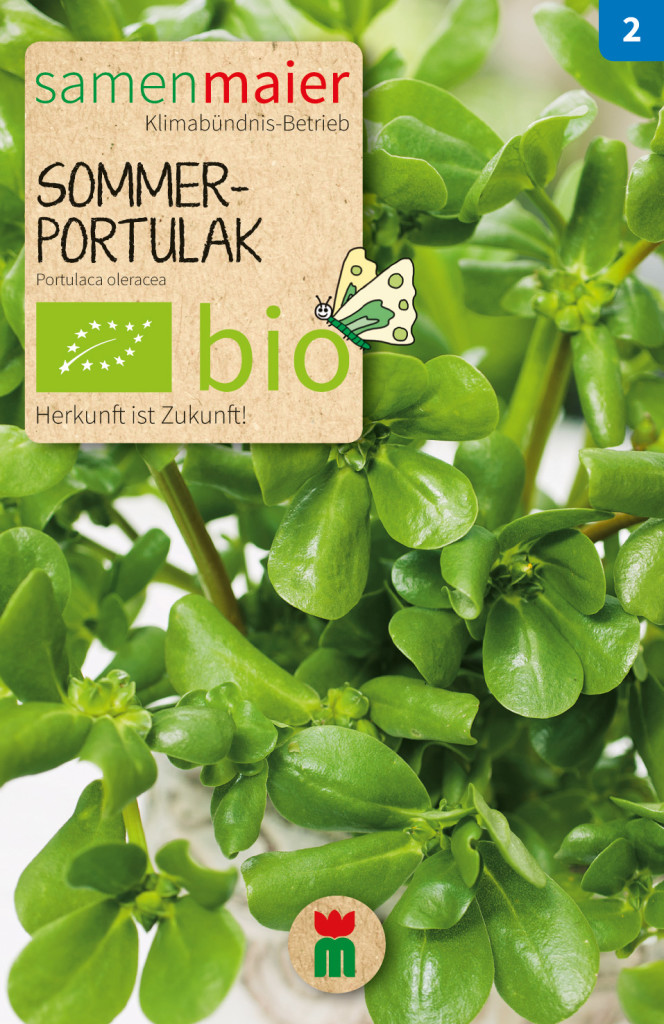
Complements every salad with its nutty, slightly sour taste. It grows very quickly, upright with large, thickly fleshed leaves. An interesting salad/spice variety that not everyone knows.
With regular cultivation, the right choice of varieties, a good mixture of no-tillage and young plants and good care, nothing stands in the way of your enjoyment of fresh summer salads.
Article: DI Doris Kampas
Photo credits: bio-garten

